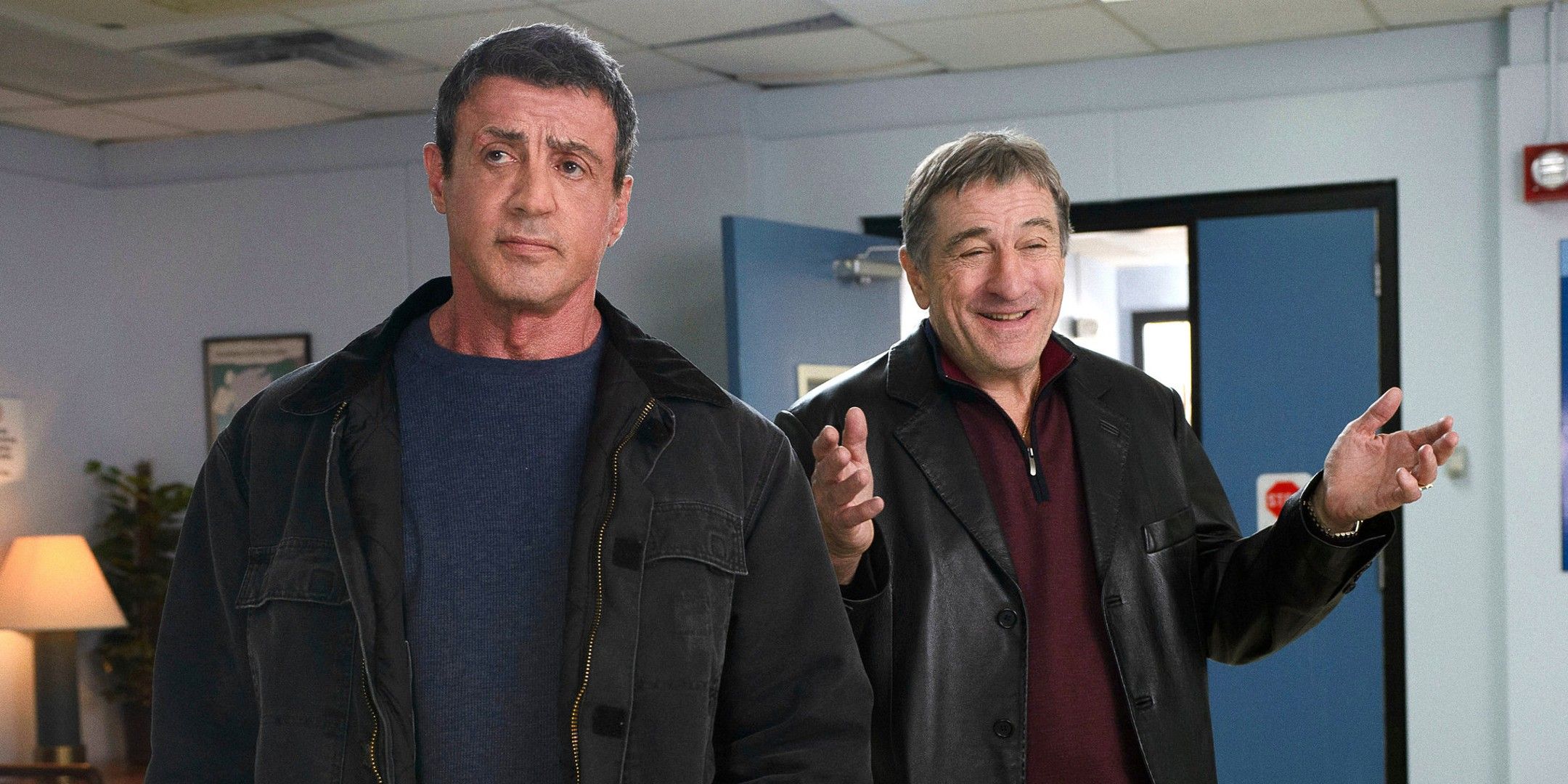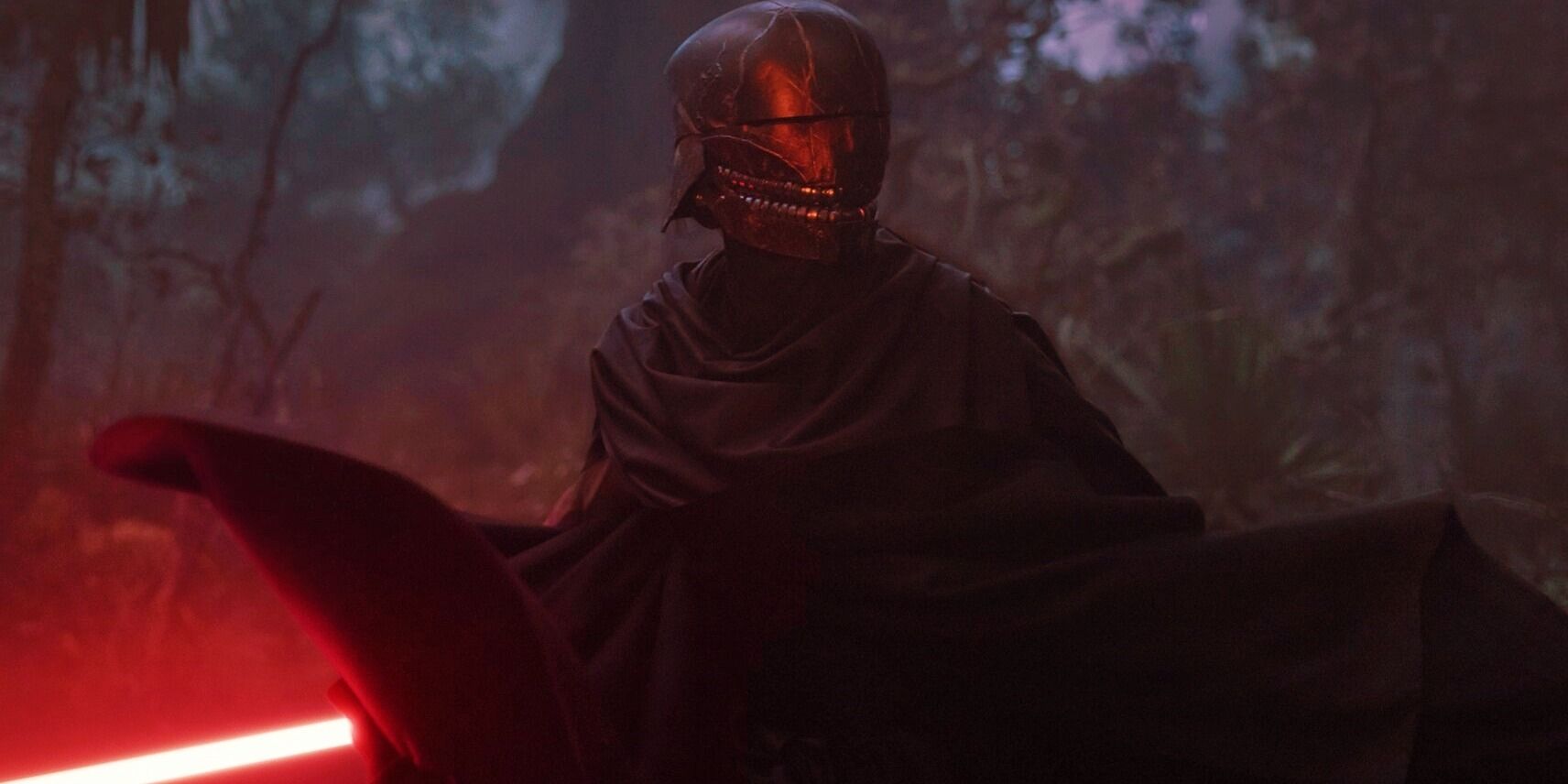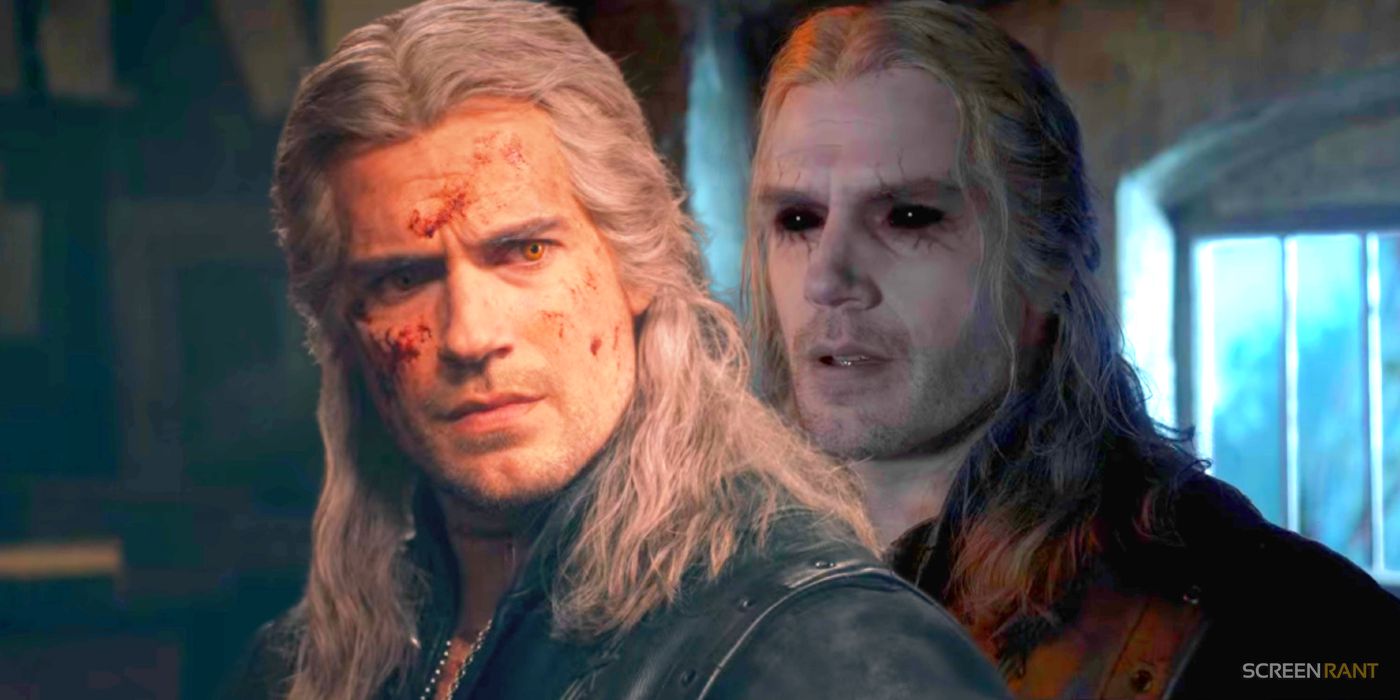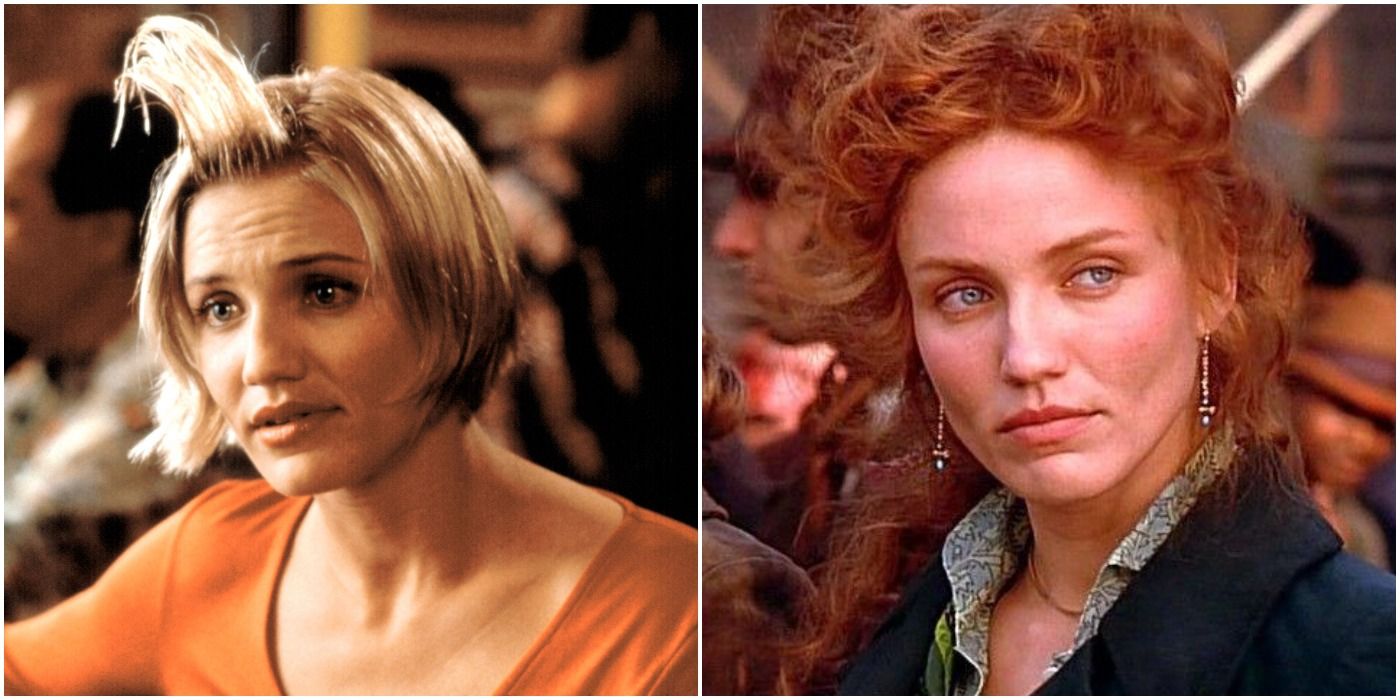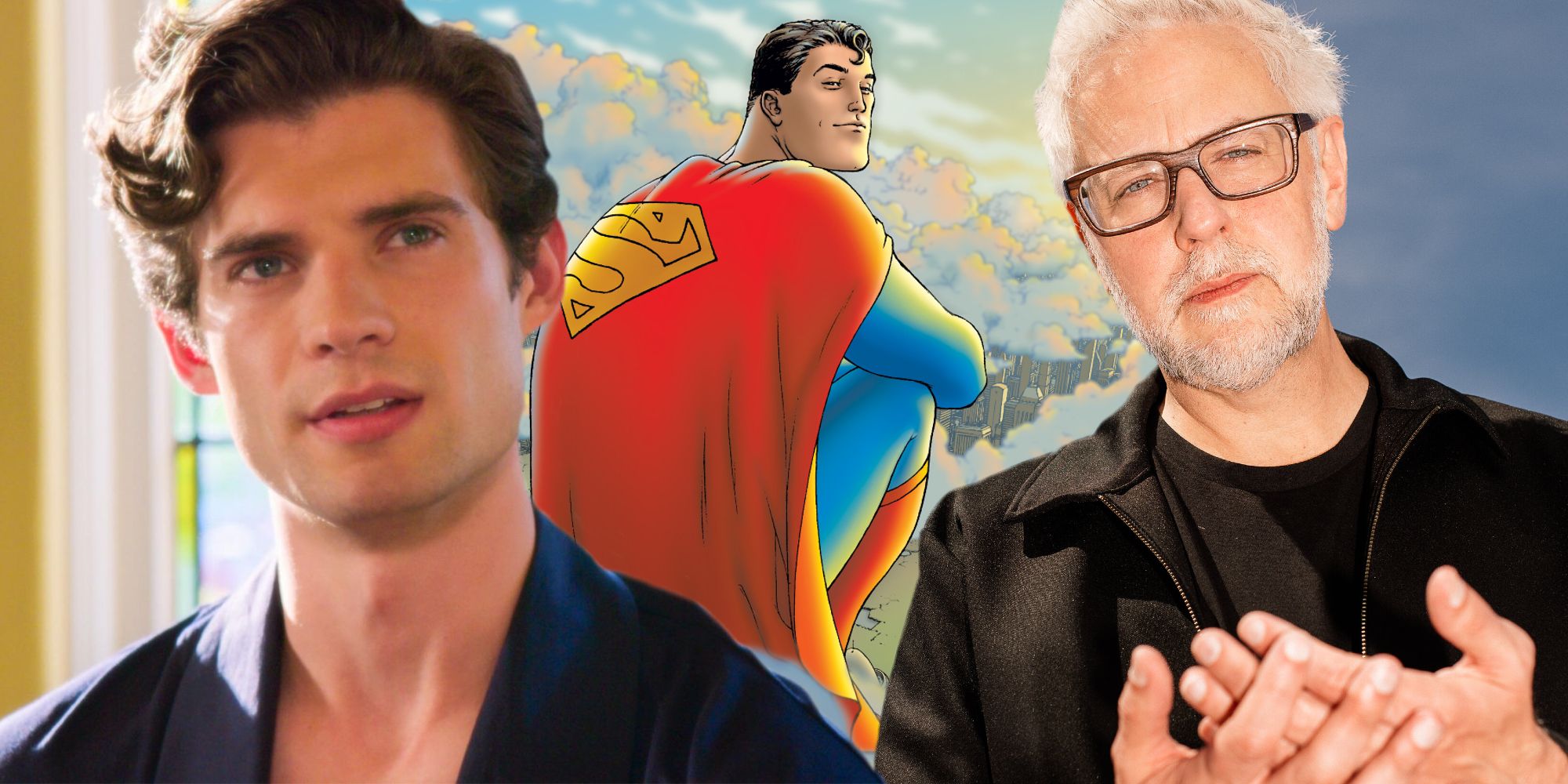The Holdovers doesn’t just take place in the past; it has the grainy aesthetic, somber pacing, and intimate character development of a movie that was actually made in the era in which it’s set. The story revolves around a classics teacher at a prestigious New England boarding school who reluctantly agrees to chaperone a group of students who have nowhere to go during the Christmas break. There’s a nostalgic quality to the film as it takes place in a bygone era.
The National Board of Review and the American Film Institute both named The Holdovers as one of the best movies of 2023. It scored five Academy Award nominations, including a nod for Best Picture, and Paul Giamatti and Da’Vine Joy Randolph have each received several honors for their performances. The Holdovers marks a long-awaited reunion between Giamatti and his Sideways director Alexander Payne. They made a period movie that feels like it could’ve been made in the period in which its story is set.
The Holdovers Is Set In 1970
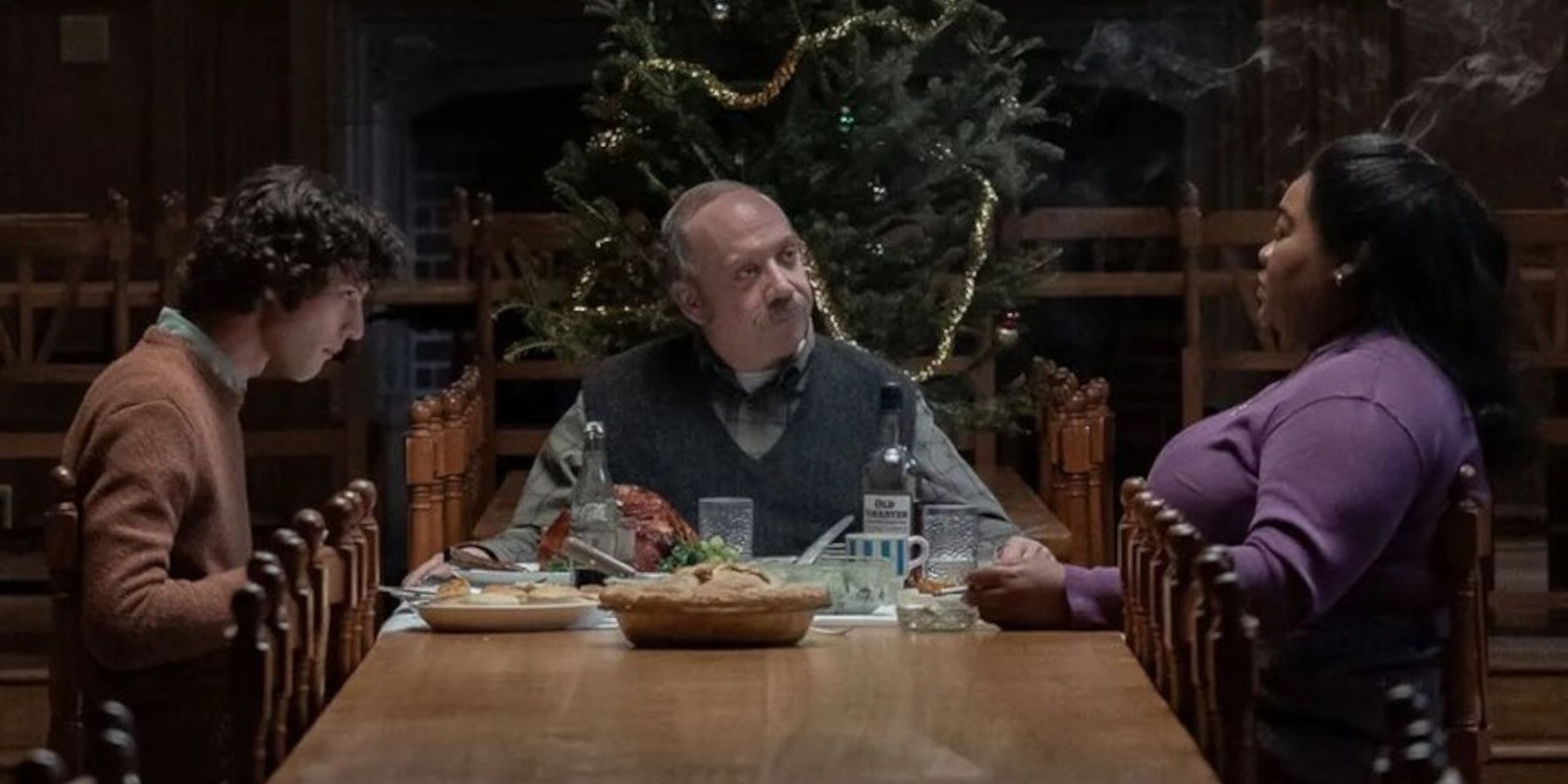
The Holdovers begins its story in the holiday season of 1970. By the end of The Holdovers, the school year has resumed in January of 1971, but the majority of the film takes place in December of 1970. A lot of recent acclaimed movies have been set in the year 1970, from Roma to Belfast to Inherent Vice. Setting a movie in 1970 allows the filmmakers to put more focus on the characters’ relationships, because no one is distracted by cell phones or the internet.
How The Holdovers Looks Like It Was Filmed In The ’70s
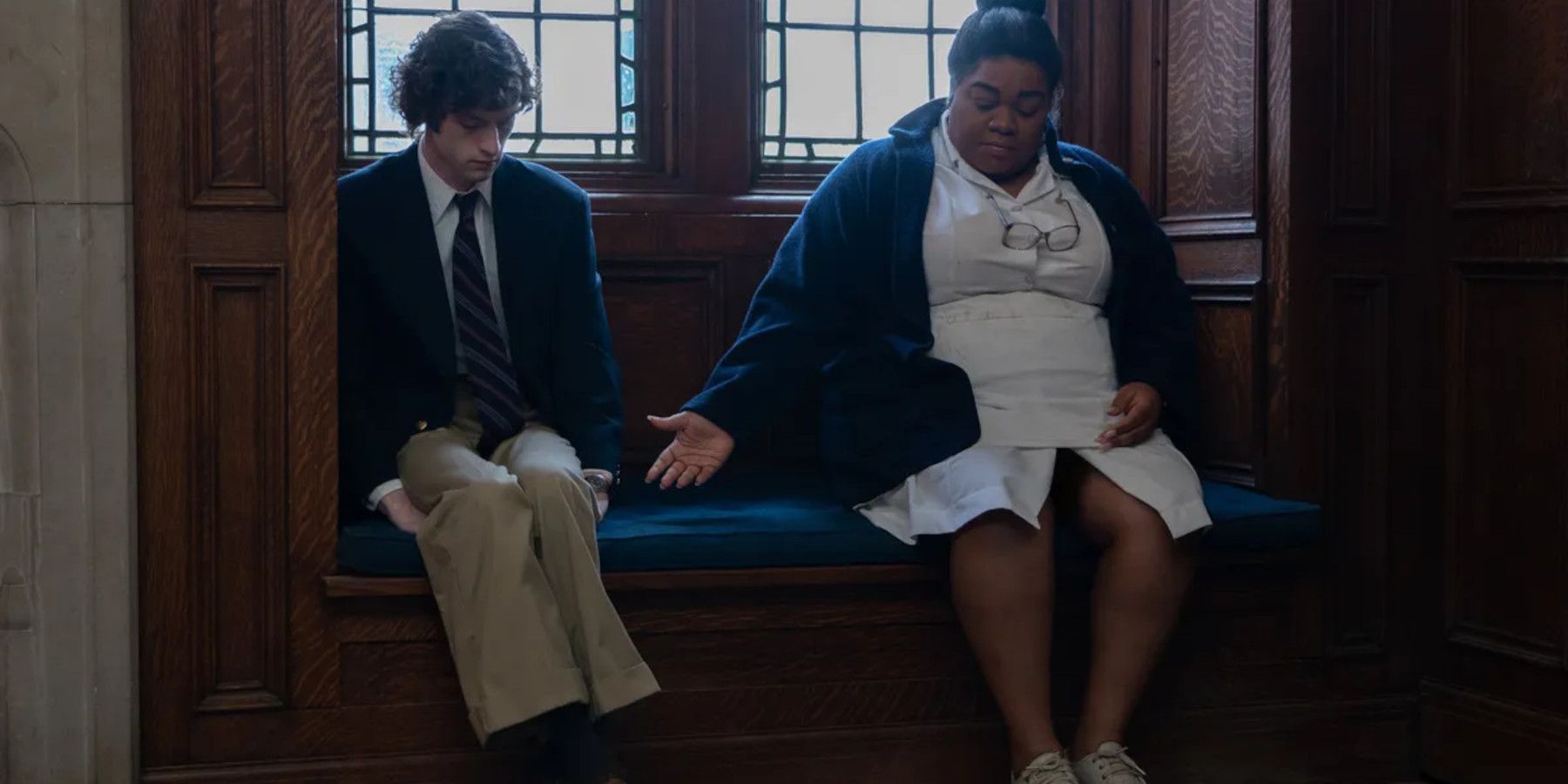
The Holdovers isn’t just set in 1970; it looks like it could’ve been made in 1970. This was the result of cinematographer Eigil Bryld’s meticulous work behind the scenes. Surprisingly, Bryld managed to create a ‘70s-style aesthetic without going back to traditional film stock. He originally planned to use the film stock that was used in ‘70s Hollywood, but since those resources were unavailable, he had to shoot the movie digitally using an ARRI Alexa camera (via The Hollywood Reporter).
Bryld studied the cinematography of classic movies from the ‘70s, like Hal Ashby’s The Last Detail and Francis Ford Coppola’s The Conversation, and borrowed techniques like handheld camerawork to recapture their feel. He worked extensively with colorist Joe Gawler, whose work in film restoration for Criterion has made him an expert in the way film negatives age over time. Based on his discussions with Gawler, Bryld put together a lookup table to help him color-grade The Holdovers like an aged film negative from 1970.
